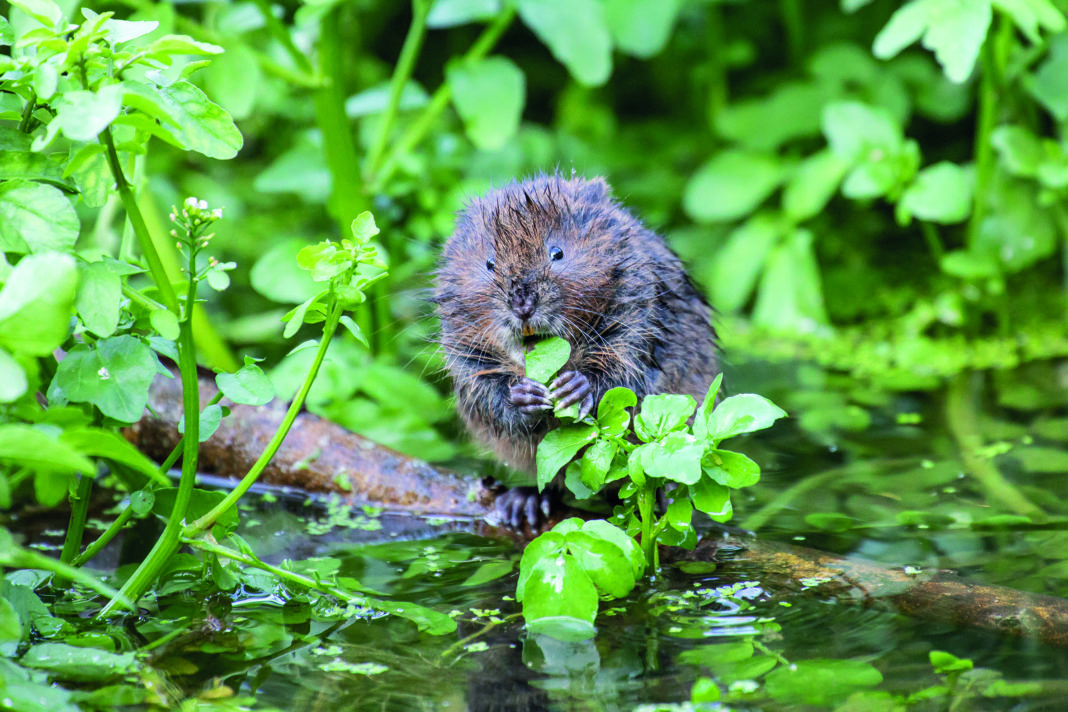
AN interactive web tool is set to protect water voles in Glasgow as part of a new push to safeguard wildlife habitats during urban planning and city development.
Led by the University of Glasgow, in partnership with Glasgow City Council, NatureScot and Seven Lochs Wetland Park, the tool will map green corridors between areas of a suitable water vole habitat and also predict how city development may influence the availability of habitat.
It comes after many areas in which water voles occupy – such as dry grassland and green spaces – have been identified for urban regeneration in Glasgow, with the partners explaining that detailed knowledge of habitat suitability is required to protect the species.
Luca Nelli, lead author of the study from the University of Glasgow, said, “With our work we wanted to develop a user-friendly tool for conservation, that can be used by planners to inform ecological decision making, increase biodiversity and reduce human-wildlife conflict in urban environments. This model will be used to inform management of water voles, balance the legal protection of this species, maintain green amenity space for local people, and to inform the planning of building and infrastructure for the socio-economic development of affected areas.
“We also hope this will provide a framework for applying similar practices to the management of other species and habitats in urban environments.”
The interactive web tool is being used for the management and conservation of water voles in north east Glasgow and the Seven Lochs Wetland Park. The research also outlines a framework for the future development of nature conservation tools. These can be used by planners to inform ecological decision making, increase biodiversity, and reduce human-wildlife conflict in urban environments.
Catherine Scott, co-author of the study from Glasgow City Council, added, “The unique population of urban grassland water voles in Glasgow is a huge biodiversity success. However, it does also present new unique challenges and the Council always welcomes partnership working with a range of organisations for new and emerging issues.
“This new research will feed into the existing planning system and is invaluable in providing additional guidance to help balance both the needs of biodiversity and a thriving city. After all, well connected greenspace which provides the habitat connectivity required for this nationally significant species, can also provide the active travel routes to work, school and play for residents. And by identifying the core areas of biodiversity interest, other areas can be unlocked for regeneration projects.”











